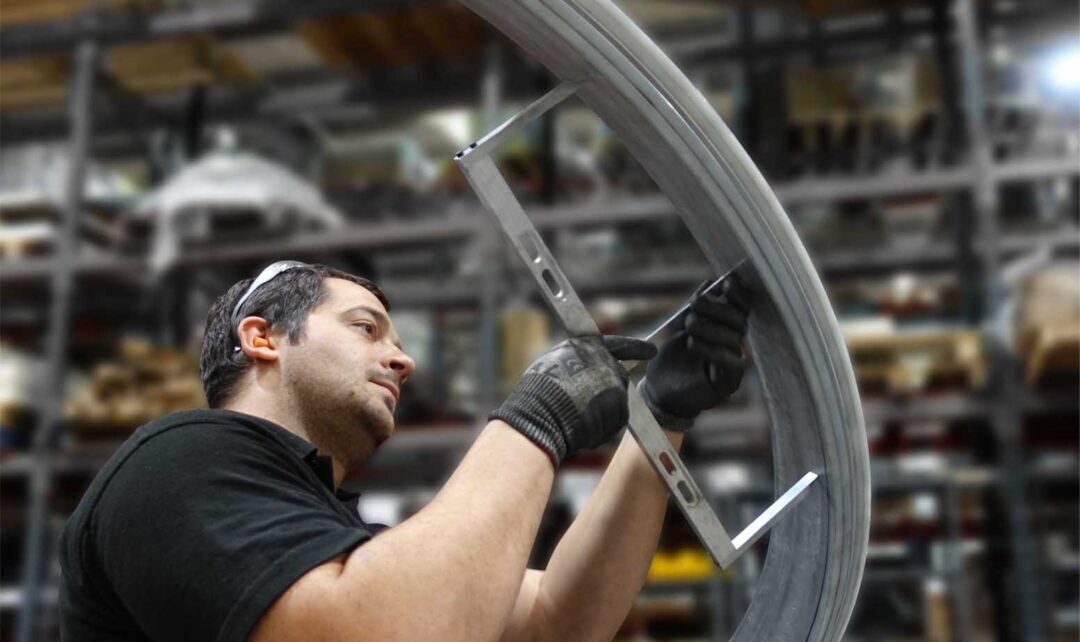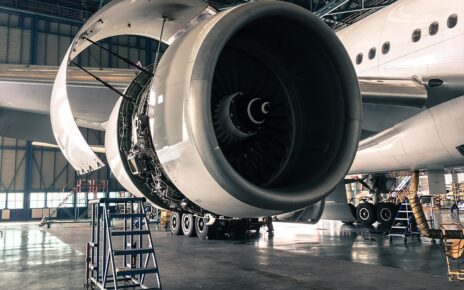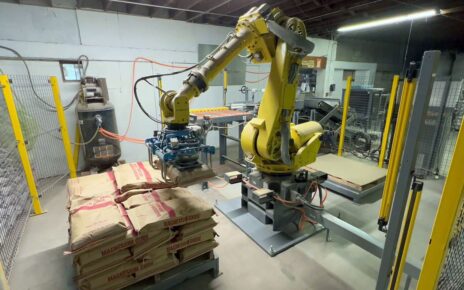Aluminium profiles are well known for their flexibility and durability, making them a popular option across various industries. To maximize the lifespan and efficiency of aluminium extrusions and components, it is essential to consider several critical factors. Below is a detailed manual on how to boost the longevity and performance of aluminium profiles.
Selecting the Appropriate Alloy
Choosing the right aluminium alloy is pivotal in optimizing performance. Different alloys come with unique characteristics like strength, resistance to corrosion and ease of machining. For instance, alloys such as 6061 and 7075 are commonly preferred for their exceptional mechanical properties. Understanding your application’s specific needs will assist in selecting the most appropriate alloy.
Enhancing the Extrusion Process
The extrusion process entails pushing aluminium through a die to craft profiles of diverse shapes. The quality of extrusion significantly impacts the durability of the final product. Maintaining precise temperature control and utilizing top notch dies can prevent issues like distortion or dimensional errors. Additionally, it is crucial to avoid excessive stretching of the profile to prevent weak spots.
Surface Protection
Aluminium profiles are susceptible to corrosion, particularly when exposed to harsh conditions.
Coating aluminium extrusions with treatments like anodizing or powder coating can greatly boost their longevity. Anodizing helps resist corrosion and wear, while powder coating adds a protective layer that also enhances the visual appeal.
Proper Handling and Storage
It is crucial to handle and store aluminium profiles correctly to prevent damage. Avoid dropping or mishandling the profiles, as this can result in dents or scratches that compromise their strength. Store the profiles in a dry, sheltered area to shield them from moisture and other environmental factors that could cause corrosion.
Regular Maintenance
Regular maintenance can prolong the lifespan of aluminium profiles. Regularly check for signs of wear or damage on the profiles and promptly address any issues. Cleaning the profiles with suitable, non abrasive cleaning agents will help preserve their appearance and functionality. For applications exposed to harsh conditions, more frequent inspections and maintenance might be necessary.
Design Considerations
The design of aluminium profiles plays a significant role in their durability and performance. Including features like reinforcement ribs or thicker walls can enhance strength and rigidity. It is also important to consider load bearing requirements and potential stress points during the design phase to ensure that the profiles can withstand operational demands.
Maintaining Quality in Components
When working with aluminium profiles and extrusions, it’s crucial to make sure that all components adhere to high quality standards. It’s essential to inspect components for any flaws or irregularities that could impact their overall performance. Utilizing well crafted and precise components will enhance the overall resilience of the end product.
By taking these aspects into careful consideration, you can optimize the longevity and efficiency of aluminium profiles. Each stage, from choosing the appropriate alloy and refining the extrusion process to applying surface treatments and upkeeping the profiles, plays a significant role in ensuring that aluminium extrusions and components meet your performance standards. Proper care during handling, storage and routine maintenance also contribute to extending the lifespan and effectiveness of these versatile materials.





